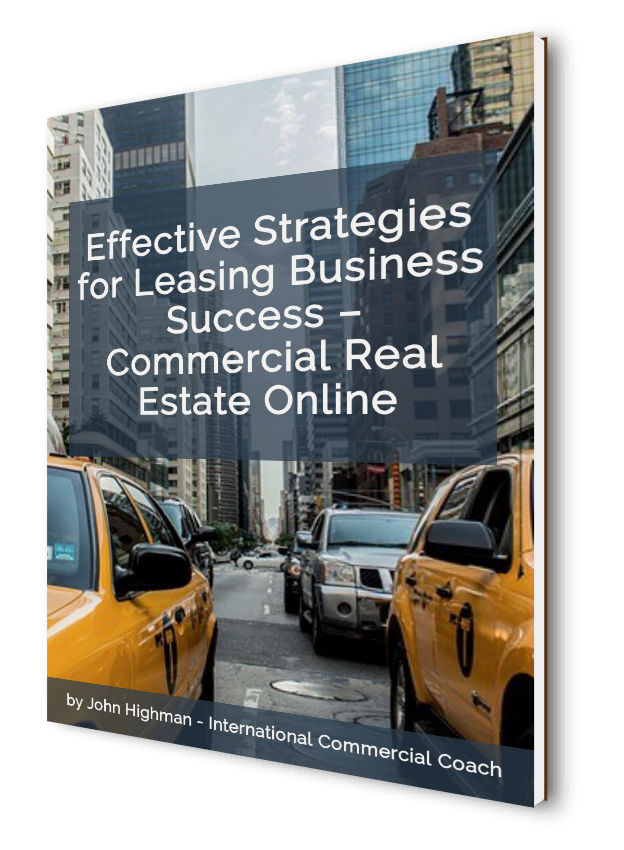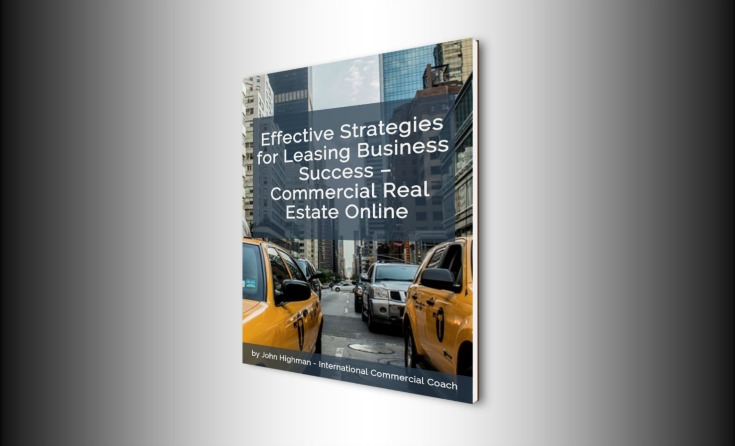Effective Strategies for Leasing Business Success
The leasing process in commercial and retail property can be improved by a simple degree of personal organization and directed action. That action is in connecting with landlords, tenants, business owners, and property developers. The information gleaned from those connections will help you with the entire leasing process. Get to know the people, that’s the message.
Before saying too much more about the topic, the best way to build your commercial or retail real estate leasing business will be from a base of high-quality property listings. That is where you will get the best levels of enquiry in a location; enquiry for quality property leads to opportunity and inspections.

Simple Leasing Systems to Work With
Here are some systems that can help you build a successful and thriving commercial and retail leasing business:
- Identify the precincts of priority – in any city; there will be a few precincts where businesses like to locate and trade from. Identify the precincts and then the streets within each zone. Walk the streets to look at properties and precincts so you can understand the physical elements of location, proximity, building use, and business location. Make notes and drop in your business card as you move through the area.
- Check out the better buildings in each precinct – some buildings will be of prime focus for occupation. The vacancy factors in those buildings will be lower, and the rents will be higher. Understand why people want to be in those buildings. Interview the tenants. Look for tenants that may be under pressures of expansion, contraction, or relocation. You can help in any way, so be open to asking questions of the business owners. A modern building with services and amenities to match will be a leasing opportunity, so look for those buildings as part of placing tenants.
- Size matters when it comes to a leasing fee – rents and fee calculations will always be better with a focus on premises size. Typically, a fee you charge for leasing is based on the agreed rental, so size is then a factor in you achieving your commission targets. Remember that fact as you look for vacant properties and tenancies in a location.
- Get lists of all major local companies for researching the key names and making calls – the bigger companies are likely to be too busy to engage in property location activity; you can be a tenant’s advisor or advocate to help them with moving, expanding, or contracting. Ask questions about lease expiry profiles and dates with all local businesses.
- Look for vacancies and vacating tenants – a property with a vacancy is an opportunity. What tenants can you approach regards any vacancy that you find? Talk to the landlords of properties where tenant movement is upcoming; get in early when it comes to leasing, and or offering your leasing services. As part of that, ensure that you know the local rentals and lease conditions for the precincts, the different buildings, and the lease types.
- Property occupancy costs and operational property costs are part of the rental equation and any negotiation. Expect landlords to be aiming for the higher rents, and tenants seeking the opposite. Somewhere in those facts will be a need for you to use local market evidence of rents and leasing transactions. Condition the people that you serve with rental and property information.
So, there are things that can be done here to boost the leasing activities for any broker or agent. Property leasing is a good part of the investment property market. Set your rules and focus on building your communication momentum with tenants and landlords. Design your marketing tools to tap into both groups consistently and directly.









